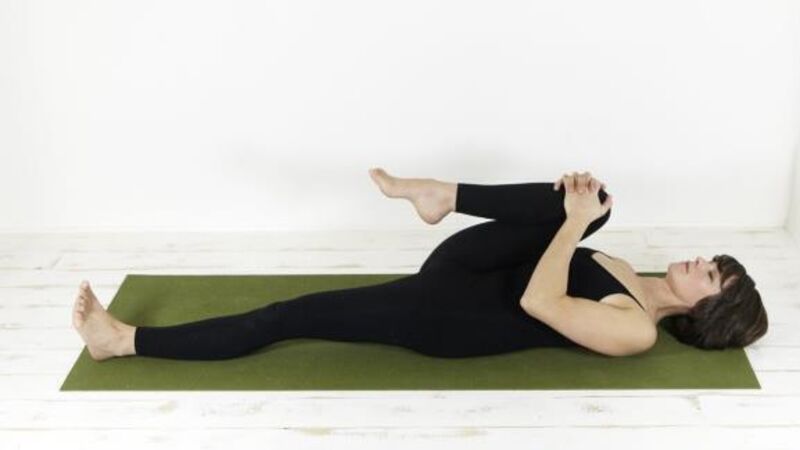Lessons in Yoga 8: Am I stretching correctly and safely?

The feeling of a deep stretch can be very strong. Some people enjoy this, others call it pain.
So how do you know when a stretch is helpfully lengthening your fibres or potentially damaging them?











